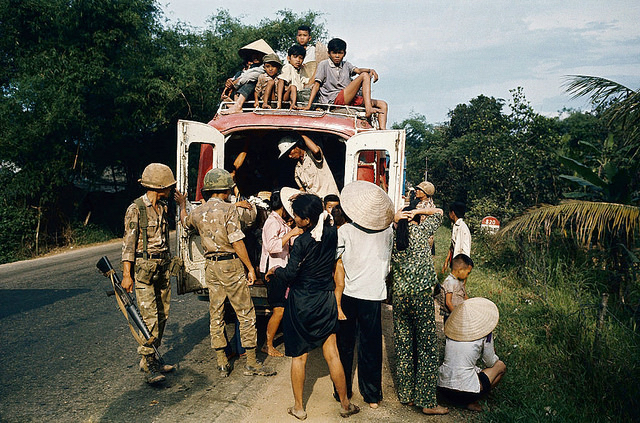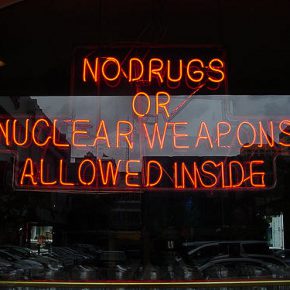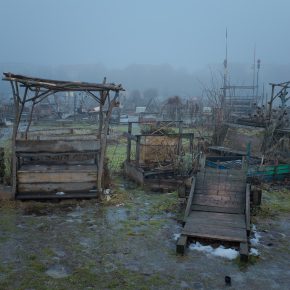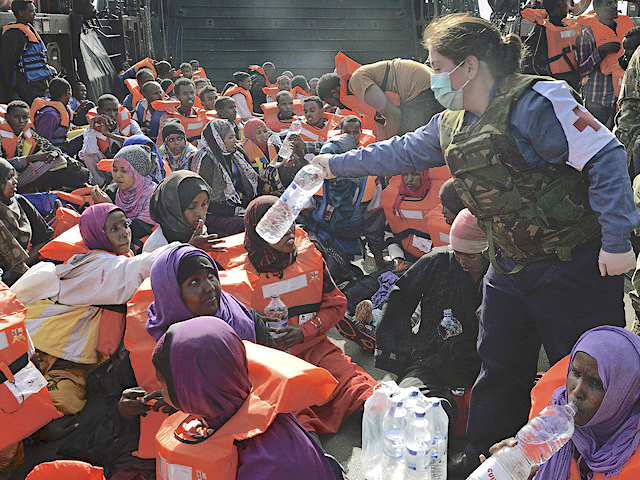Simply writing a personal or family memoir would be an easier task than producing an illustrated graphic memoir. It is not only that the work is more difficult technically, but so much more is at risk in the visualization of the narrative. Emotions about family members and their lives emerge in the pictures. Visual storytelling commits where words can remain ambiguous.
Thi Bui’s graphic memoir The Best We Could Do takes those risks and wins. Bui is the daughter of a Vietnamese refugee family, a public school teacher living in Berkeley, and this is her first book. It is an astonishing debut.
The story works to achieve a balance between honesty and respect, two narrative features that do not always function well together.
At the most superficial level this is an immigration story but not at any deeper reading. This is a refugee story, one detailing the lives of a family of war refugees whose experiences continually echo and reproduce the stresses created by colonialism, war, and flight to a foreign land. Their tumultuous lives in Vietnam eventually lead them to quieter lives in the imperial state that contributed so heavily to that tumult. What Thi Bui provides is a close psychological portrait of a refugee family that has made this transit and the strains – and breaks – created by this trauma.
Her story begins and ends with her child, wondering whether her son will escape the family’s traumatic history. In this book-end framing, Bui locates her son as a central purpose in telling the family’s story. She worries about her own role in transmitting the past into the future, “That being my father’s child, I, too, was a product of war…and being my mother’s child could never measure up to her. But maybe being their child simply means that I will always feel the weight of their past.” One of the most telling images in the book is one of the author, naked and back to the reader, with a hollowed outline of Vietnam running down her spine. She remains constituted by her parents’ homeland even where she has been Americanized.
Family provides an all-embracing theme. After starting with the birth of her own son, Thi Bui relates the birth of each of her siblings in reverse order. The youngest, Tâm, is born in 1978 in a boat people refugee camp in Malaysia. The oldest, Quyên, was born in Saigon in 1965 and died of malnutrition as a baby. The origins of Bui’s generation lie between these two points that comprise an era of war, displacement, and the exile of refugees. For her parents it was not only the loss of two newborns but the parallel loss of their country.
Much of the middle section of the book consists of family stories beginning in the 1940s in northern Vietnam, stories filtered through the memories of her father Bô and mother Má. Má was a child of comparative privilege who received a colonial lycée education in French rather than Vietnamese. She recalls reading French novels and only in late high school acquiring a sense of nationalism and improving her Vietnamese.
From a very different impoverished class background, Bui’s father Bô remembers his own fractured family, the rise of the Viêt Minh, independence and war with the French, and his frightened childhood flight from a rural village to Haiphong. For Bui there remains a sense of surprise that her parents ever married given their differences of background and temperament, especially as their marital separation in later life confirmed the gap created by these differences. Bui’s adult understanding filters these memories and their construction of her own childhood. Speaking of her father, whose depressed mood and inattentiveness darkened her childhood, she writes “I had no idea that the terror I felt was only the long shadow of his own.” A visit with her siblings and father to Saigon to visit the family’s former home, where her older sisters were born, only confirms her distance from this world of which she had no memories.
Bui tells these stories in drawings that use black, white, and shades of red-pink. Rose-pink color provides a visual theme from start to finish in the book. Fine gradations in the use of red, pink-red, or rose lend different emotional and cultural values to that color scale. Her highly creative use of reddishness by turns can depict war scenes, water, sky, femininity, domesticity, and a wide range of emotions.
The lengthy story she tells goes on to relate her family’s decision to join the flood of boat people escaping Vietnam, their perilous sea voyage, arrival on the shore of Malaysia, travel to the United States where they joined family, and eventual migration to California where they built a middle-class life. The Best We Could Do provides a family album of that experience and the history that created it. Part of the risk in this work lies in her own relationship with her family given potential disagreements about representations and stories. She has become the family storier, with all that role entails. It is brave work. One hopes that Czeslaw Milosz’s dictum – “When a writer is born into a family, the family is finished” – proves false.
Bui, who humorously calls herself “the slowest cartoonist in America,” is having a banner year with publication of her second book, A Different Pond, a children’s book done together with Bao Phi. Slow or not, Thi Bui is making a difference. The Best We Could Do is already showing up on ethnic literature syllabi at US universities. Her work underlines the power of graphic storytelling in communicating the lives of refugees. Given the prevalence of political xenophobia and physical violence against refugees in the United States, Europe, Australia, and elsewhere, we need to teach these stories widely.
Photograph courtesy of Manhai. Published under a Creative Commons license.





